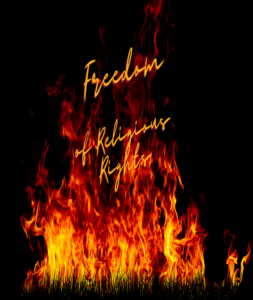Art and Politics in an Age of Performance and Persuasion

In the realm where art and politics transect, a fascinating connection unfolds. Art finds refuge in politics, while politics rest on the artful company of perception. It is a reciprocal relationship where art becomes a powerful political tool, and politics incorporates the talent of persuasion. Join me on a journey through this enchanting landscape, where the boundaries are blurred and the unexpected takes center stage.
Art, at its core, reflects the human experience. It has the extraordinary capacity of conveying messages, contest normativity, and provoke debate/argument. This is how, art shakes hands with politics, augments voices, and reinforces or exposes the politics of power corridors. From Renaissance art to absurdism and Dadaism, art becomes a mirror for political tapestry.
Just as art facilitates politics, politics itself becomes an art form, a carefully staged theatrical display having overt and covert agendas backstage. Politicians willingly enter the elaborate labyrinth of public opinion, they use rhetoric and symbolism, and stage the best performance like skilled actors, they try to mesmerize their audiences, casting themselves as characters larger than life in their domestic political theatre.
On the other hand, international politics is a large stage that demands a high level of artistic proficiency. International political masterminds painstakingly plot their movements, deftly direct their speeches, masterfully arrange their graphics, and carefully position art effects and auxiliary creative themes like emotional reactions, handshakes, and aggressive or cordial gestures. The application of creative skills is necessary in the international political arena to preserve and challenge hegemonies. Their actions and words serve as paintbrushes on the political canvas, with each phrase carefully chosen to make an impact.
Art and politics seem different but often interlock each other by blurring the boundaries between them. The amplified gray area allows the creative genius to nurture, and elicit an environment that provides an ideal artistic battleground for politics, to prompt thought and in doctrine ideologies change. This Art and Politics combination masterfully adopts artistic techniques to operate the political business. This convergence creates a dynamic space where artful political expression thrives.
Art is produced and used for politics, and politics is itself an art therefore one cannot separate politics from art and art from politics and the maturity of both are essential for the growth of society as said by Greek philosophers. Egyptian, Greek, and Roman sculptures of important personalities survived today, telling us the story of how the knife of an artist represented them. The cruelty of the faces of the nemesis of societies was crafted by artists in paintings and sculptures. Grandeur in the construction of buildings exhibited the power of the rulers and stories of powerful were carved on tablets of stones. All these were pieces of art but were produced with political schema. The theatre had been center stage for hailing national heroes and for cursing enemies. In simple words, whatever ancient civilization left behind are political artifacts that we today consider art pieces.
Now we look into things from an upside-down approach. Greek and Roman heroes came to us from historians like Homer, Herodotus, Polybius, and Callisthenes of Olynthus. All of them presented their heroes as orators, spellbinding speakers, and convincingly logical personalities who through their speeches to their armies kept boosting their morale and making their enemies their friends—remember Alexander the Great dialogue with Porus after Alexander defeated him at the bank of river Jhelum.
Strangely, in Republic, which is the base document of modern states and modern bureaucracy, Plato said that the Guardians of state must be focused in their conversation but state-sponsored historians always presented guardians of state who are very good in conversation.
This platform seeks to investigate the intricate relationship between art and politics. The symbol within this intricate but charming phenomenon’s representational nature. We must also examine how artistic politics influence our collective destiny by fusing performance and persuasion. This captivating interplay between art and politics serves to remind us of the significant influence both have on our society, culture, and shared consciousness.





